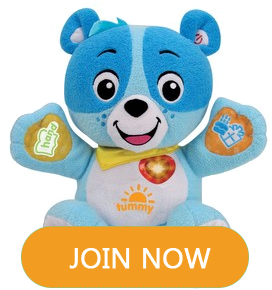Why Join VTech Club?
Joining is free, fast and full of great benefits, such as:
- Promotions and offers
- Monthly £1,000 prize draw*
- Regular competitions
- Special offers for our members
Added benefits
- Register your VTech products
- Apply to be a Product Tester

Social play is often accompanied by smiling and laughter. It is a magic moment when a baby first smiles, and parents experience overwhelming feelings of love and delight when they observe their babies smiling. <br /><br />Babies begin preparing for the social world from the minute they are born, and smile within the first few weeks of life. While there may be some disagreement about whether the first smile is caused by something physical, e.g. wind (internal stimulation), or by social factors such as parents cooing and smiling at their babies (external stimulation), what cannot be denied is that smiling and laughter play a key role in the development of babies’ social skills. <br /><br />Research on smiling among babies has garnered some interesting results. For instance, babies will smile while asleep, which helps develop the use of facial muscles, thus helping prepare them for the social world. It has also been identified that, even at a very early age, there are different smiles. A smile accompanied by the raising of the cheeks (Duchenne smile), for example, is a genuine sign of a baby’s positive feelings and is produced mainly in response to the smiles of parents or caregivers, while an open-mouthed smile is a play smile and is often present during interactions between parents and infant. Babies in all cultures show pleasure and playfulness through smiles and laughter. <br /><br />Smiling is a key way for parents to communicate with their babies long before verbal language skills develop. Babies’ faces can show a range of emotions, from fear to excitement, when first presented with an unfamiliar toy, but parents can influence how their baby responds to such an object by smiling at their infant and encouraging them to respond to the novel plaything. Indeed, a parent’s smile of approval and encouragement has been shown to help a young child understand that the world is not a scary place and that new toys can be exciting. <br /><br />Another form of communication between parent and baby is laughter. But why do babies laugh? It seems that laughter in infants often occurs when they don’t quite understand what is going on. If babies witness a novel event and are not nervous or frightened, then it is highly likely that they will smile and laugh. Babies tend to laugh at surprising and incongruous actions. I’ll never forget the first time I heard my eldest son really chortle and laugh; I was up a ladder, hammering some nails into a piece of wood, while my son lay watching from his pram. After a while, and all of a sudden, I could hear giggling and laughing with each hit of the hammer. On reflection, it’s clear that this isn’t an everyday occurrence for a young baby, hence the laughter. <br /><br />A baby’s laughter is a wonderful sound, and this is reflected by the popularity of YouTube videos showing babies in all states of hysteria. Many videos show parents eliciting chortles and giggles through a gentle tickle. This physical form of play is something that babies respond to from a very early age, and is a universal form of communication between parent and baby. Research has found that laughter is thirty times more frequent in social than solitary situations and that the main stimulus for laughter is other people. <br /><br />Remember that babies watch their parents a lot of the time; parents make their babies smile and laugh through physical contact, such as tickling, or even by just clowning about.<br />




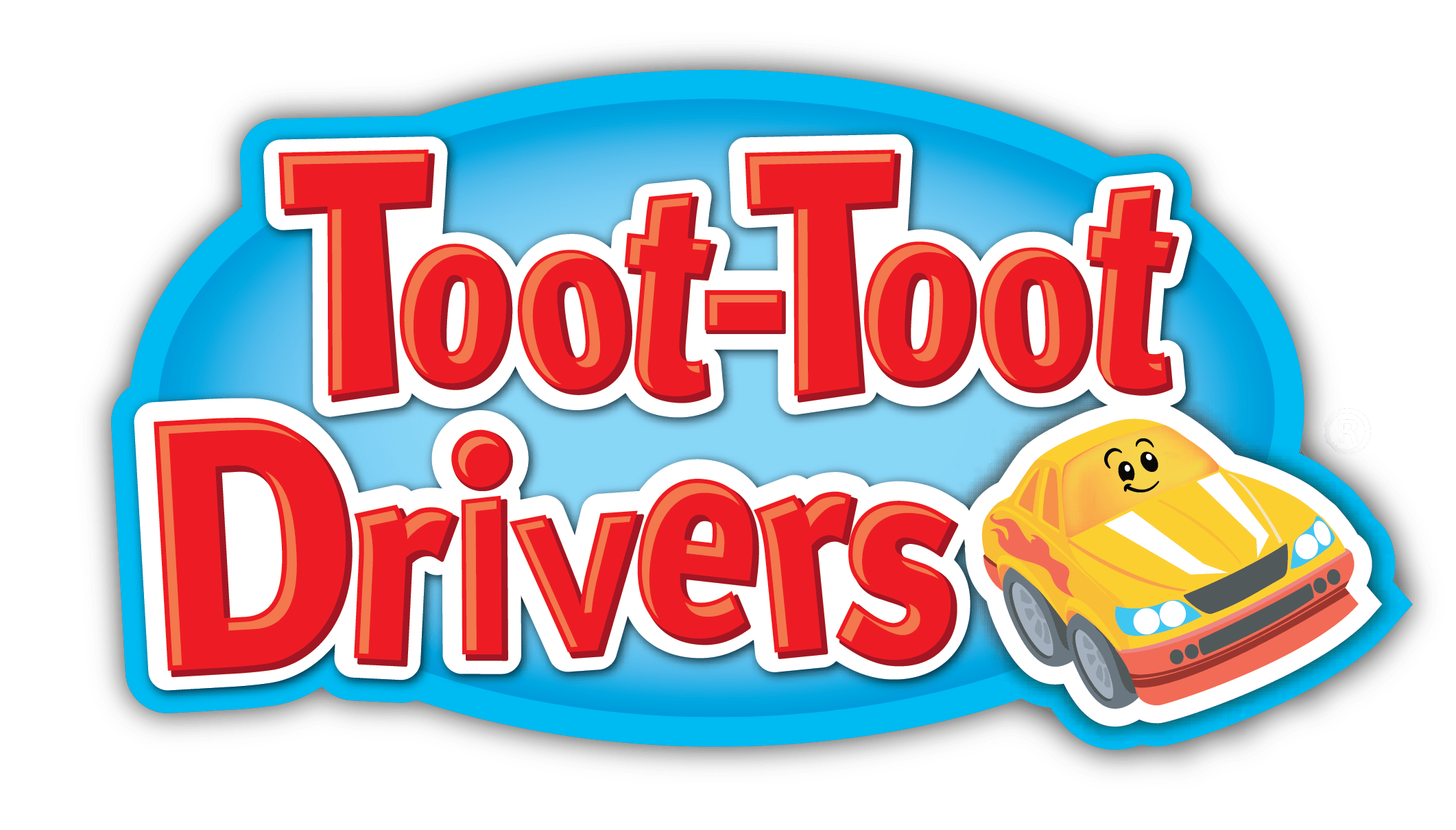



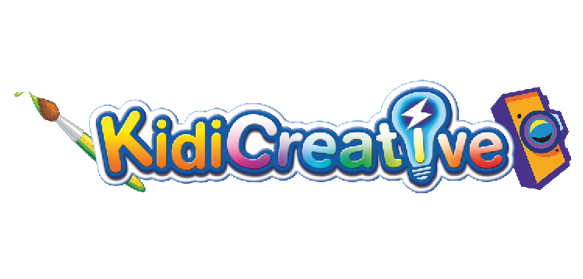

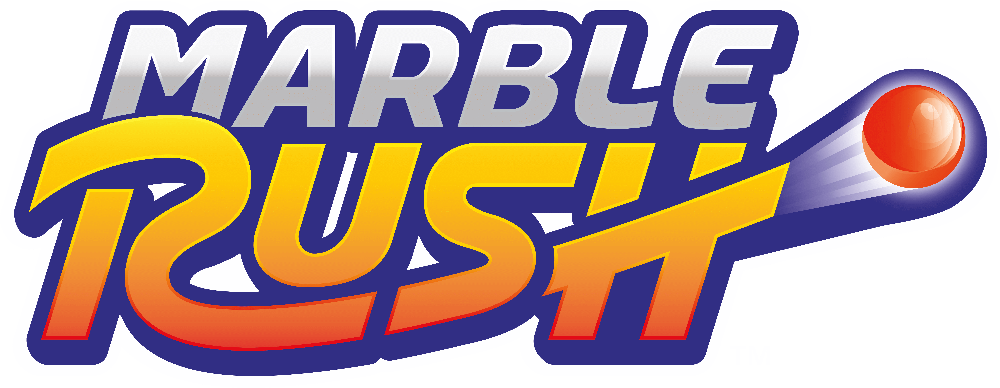

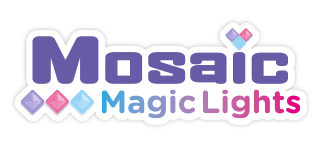
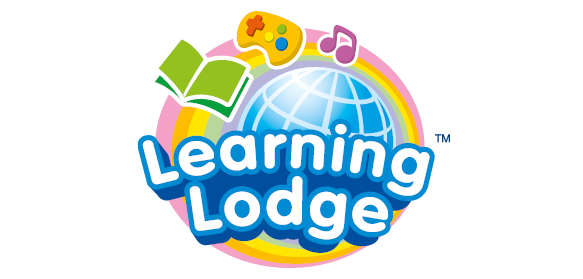 Download
Download




